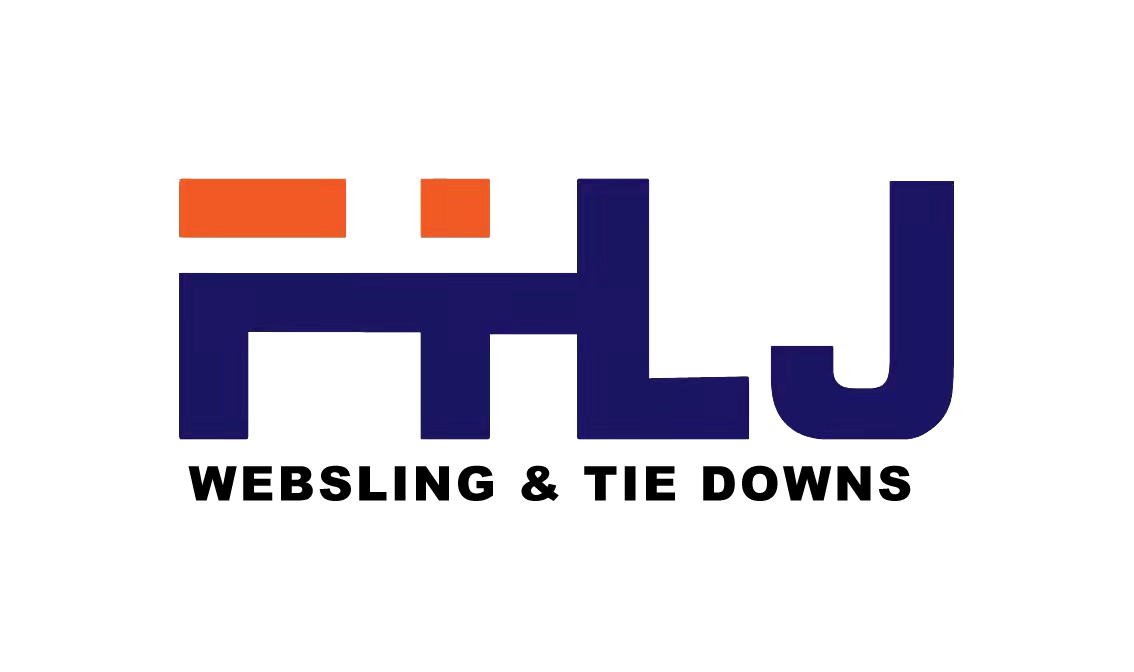Introduction
Lifting straps are a popular tool used in various industries to improve efficiency and safety during lifting operations. However, there are certain situations where using lifting straps is not recommended. In this blog post, we will explore the circumstances in which lifting straps should not be used.
1. Excessive Load
Lifting straps have their load capacity limits, and exceeding these limits can lead to catastrophic failures. It is crucial to know the maximum load capacity of the lifting straps being used and ensure that the load being lifted does not exceed this limit. Using lifting straps beyond their load capacity can result in accidents, injuries, and damage to the equipment.
2. Sharp Edges
Sharp edges can cause significant damage to lifting straps. When lifting loads with sharp edges, such as metal sheets or pipes, the edges can cut into the straps, compromising their strength and integrity. It is essential to inspect the lifting straps before each use and avoid using them if there are any signs of damage or wear caused by sharp edges.
3. Chemical Exposure
Lifting straps can be adversely affected by exposure to certain chemicals. Chemicals such as acids, solvents, and corrosive substances can weaken the straps, making them less reliable and prone to failure. If lifting operations involve contact with chemicals, it is crucial to use lifting straps specifically designed to withstand chemical exposure or consider alternative lifting methods.
4. High Temperatures
Extreme temperatures can have a detrimental effect on the strength and performance of lifting straps. Exposing lifting straps to high temperatures, such as those found in welding operations or near furnaces, can cause them to degrade and lose their load-bearing capacity. It is important to use lifting straps suitable for the intended temperature range and avoid using them in environments with excessive heat.
5. Overhead Power Lines
Working near overhead power lines poses a significant risk when using lifting straps. If the straps come into contact with live electrical wires, it can result in electrocution hazards for the operators. It is crucial to maintain a safe distance from power lines and use alternative lifting methods, such as insulated cranes or aerial lifts, when working in proximity to overhead power lines.
Conclusion
Lifting straps are valuable tools for many lifting operations, but it is important to recognize the situations in which they should not be used. Excessive loads, sharp edges, chemical exposure, high temperatures, and proximity to overhead power lines are all circumstances that require alternative lifting methods or specialized lifting straps. By following these guidelines, operators can ensure the safety and effectiveness of their lifting operations.
Oceanlink's Webbing sling comply with GS/CE certification, with high-strength polyester, high safety factor, and fast delivery. Customers from all countries are welcome to inquire and place orders.

